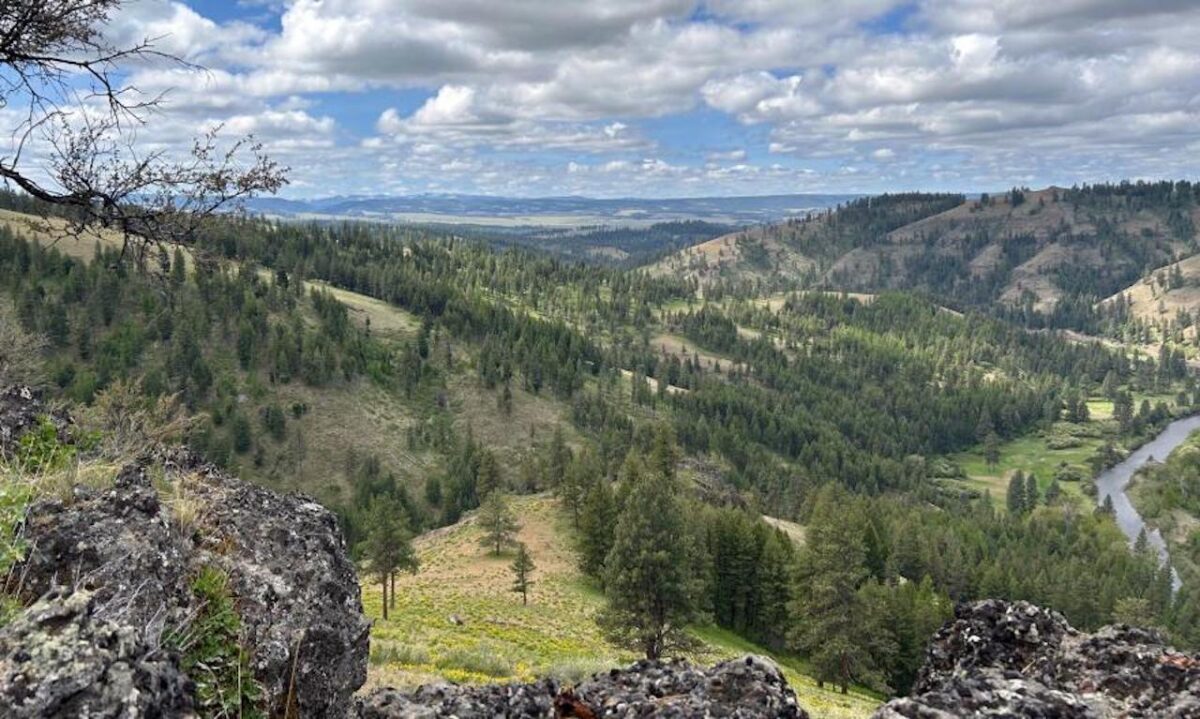
- Details
- By Chez Oxendine
- Real Estate
The Confederated Tribes of the Umatilla Indian Reservation and the Oregon Department of Fish and Wildlife have secured $22 million in federal funding to buy 11,438 acres near Starkey, Ore.
The land, known as the Qapqápa Wildlife Area, sits between two sections of the Umatilla National Forest in the Blue Mountains. The purchase will connect those areas and give the public and the tribes access to a property that has long been privately owned. The Qapqápa Wildlife Area State-Tribal Partnership Project calls for the state owning the property and providing operation and maintenance expenses while the management and restoration will be undertaken jointly with the CTUIR, according to a news release from the tribe.
The arrangement marks the first time in Oregon that a tribe will co-manage a state wildlife area. “This is a terrific example of what Oregonians can accomplish by working together,” Anton Chiono, project leader for Habitat Conservation in CTUIR's Department of Natural Resources, said in a statement.
The Harry Merlo Foundation owned the property for about 30 years before signing a purchase agreement, Chioni told The Observer, a local media outlet. Merlo died a couple years ago, and the foundation expressed interest in selling last fall, according to the publication. .
The name Qapqápa means "place of the big cottonwoods" in the tribes' language, according to Chiono.
The area includes traditional fishing sites, such as the spot where the Grande Ronde River meets Beaver Creek, known in the tribes’ Sahaptian language as Titlúupe Qapqápa.
The U.S. Forest Service's Forest Legacy Program provided the funding. CTUIR and ODFW applied in March and on July 31 learned that the project was one of 25 chosen nationwide.
The co-management arrangement includes focusing on CTUIR's First Foods such as water, salmon, elk and huckleberries; joint fisheries restoration projects; sharing staff resources; and public and tribal use.
The project will protect 5.6 miles of the Grande Ronde River, 6 miles of Beaver Creek and smaller streams used by threatened spring Chinook salmon, summer steelhead and bull trout for spawning, rearing and migration.
The property sits within CTUIR's 6.4-million-acre aboriginal title lands. The acquisition will provide access to the property, improve access to more than 1 million acres of public land by connecting national forest tracts, and open 94 acres of landlocked federal land.
In addition to reconnecting public lands, the acquisition will give access to more than a million acres of surrounding public property, as well as smaller parcels managed by the Bureau of Land Management and the Forest Service.
The tribes and the state aim to finalize the purchase by 2026, following a property appraisal and completion of a co‑management agreement. They plan to bring the proposal to the Oregon Fish and Wildlife Commission later this year.
